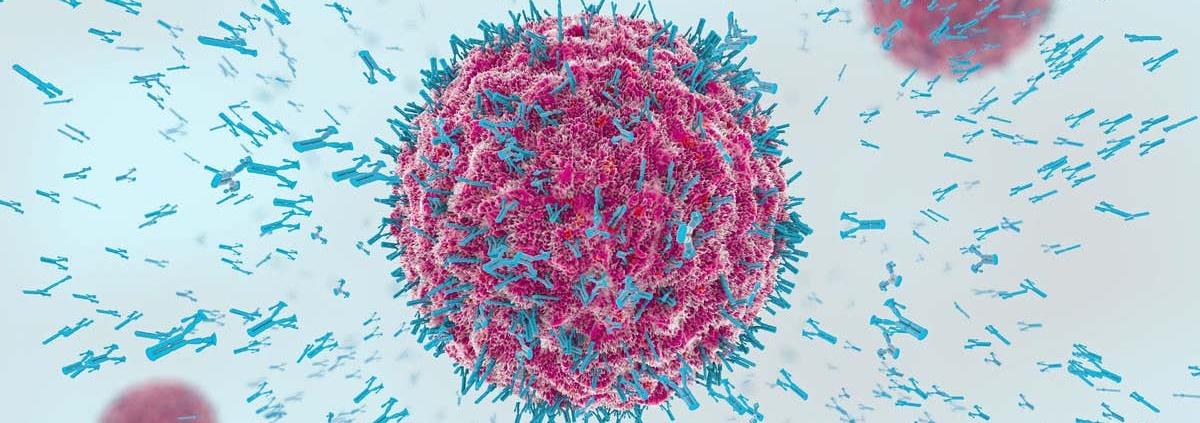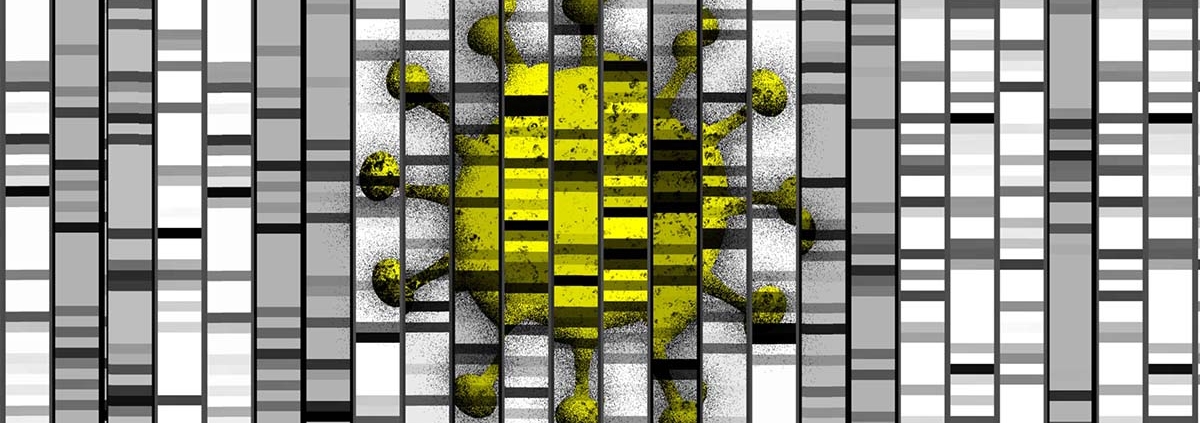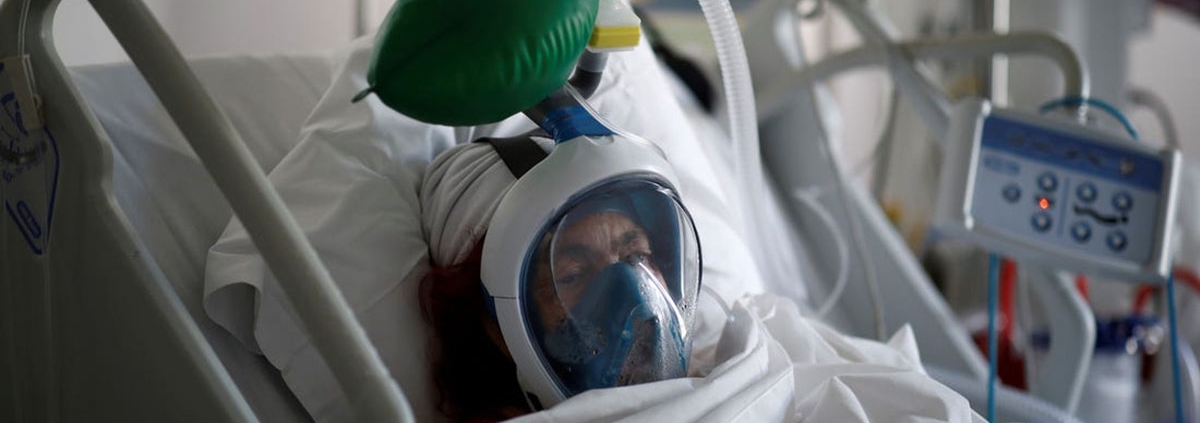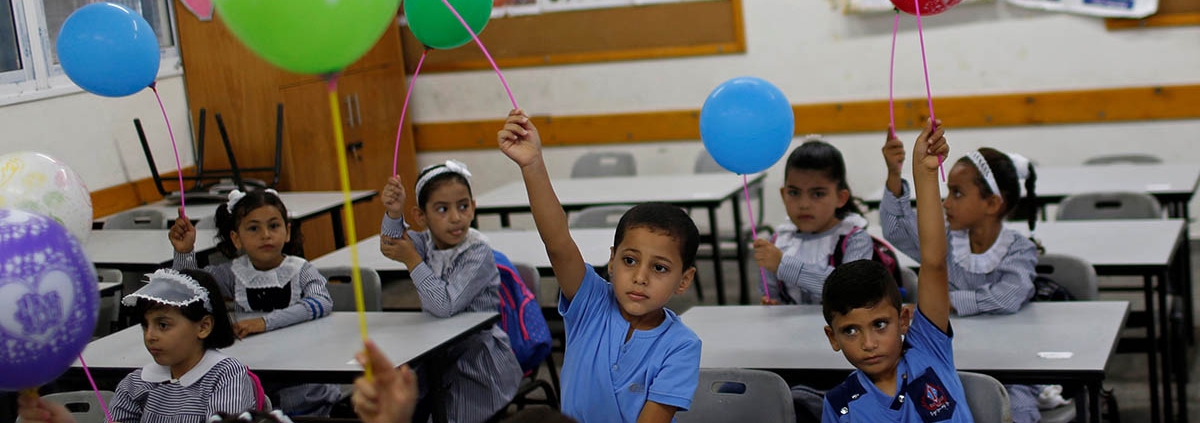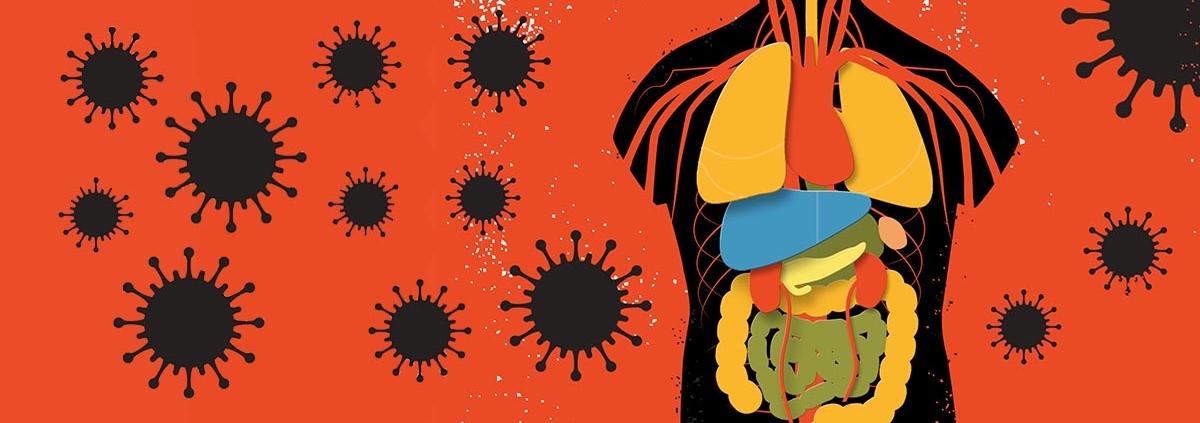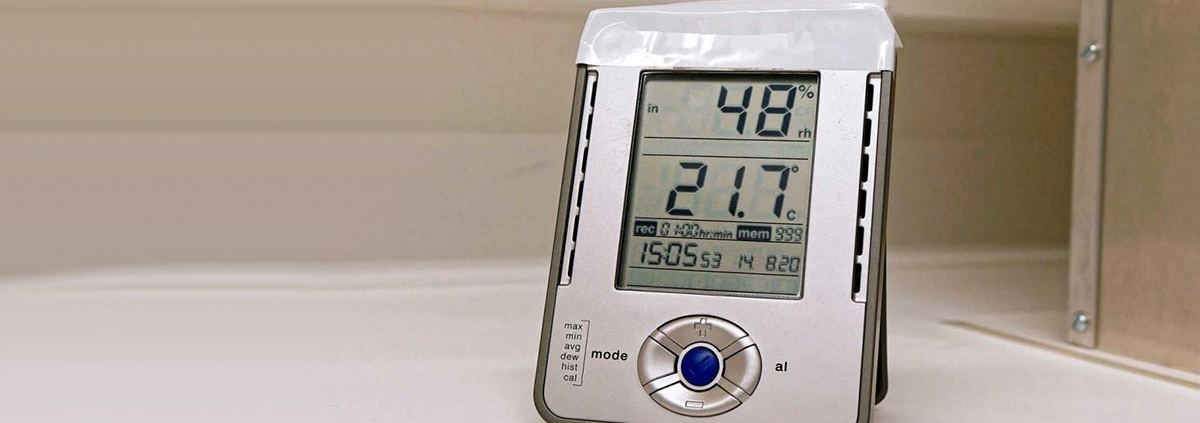In a retrospective study of patients tested for COVID-19, researchers at the University of Chicago Medicine found an association between vitamin D deficiency and the likelihood of becoming infected with the coronavirus.
“Vitamin D is important to the function of the immune system and vitamin D supplements have previously been shown to lower the risk of viral respiratory tract infections,” said David Meltzer, Chief of Hospital Medicine at UChicago Medicine and lead author of the study. “Our statistical analysis suggests this may be true for the COVID-19 infection.”
The research team looked at 489 patients at UChicago Medicine whose vitamin D level had been measured within a year before being tested for COVID-19. Patients who had vitamin D deficiency (defined as less than 20 nanograms per milliliter of blood) that was not treated were almost twice as likely to test positive for COVID-19 compared to patients who had sufficient levels of the vitamin.
Release date: 8 September 2020


